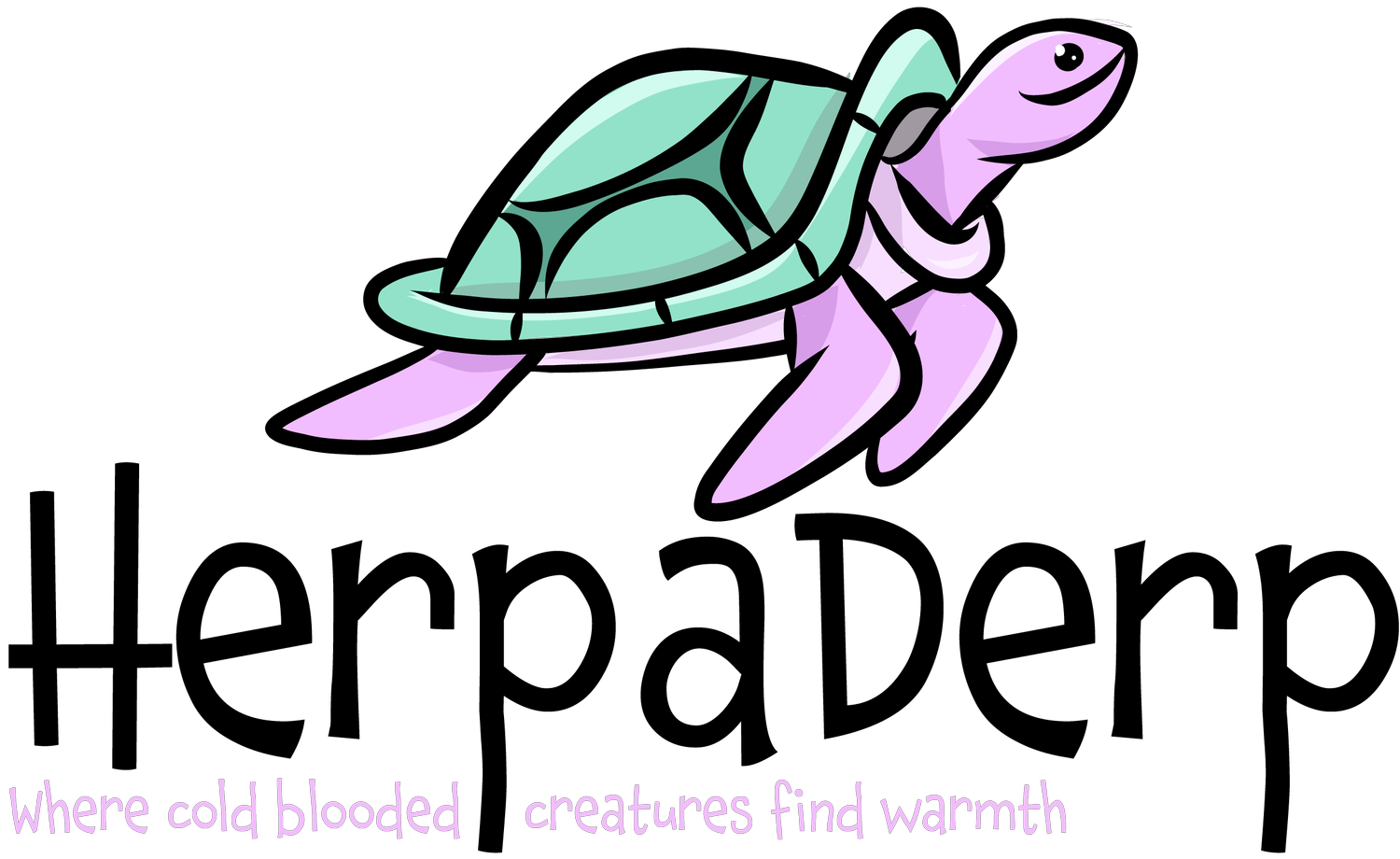Leopard geckos are small and easy to care for, making them a popular choice for reptile enthusiasts. Here's a care guide to help you provide the best possible environment for your pet leopard gecko.
Average Lifespan: Leopard geckos can live up to 15-20 years in captivity.
Feeding Requirement / Diet: Leopard geckos are insectivores, meaning they eat insects. Their diet should be varied, consisting of crickets, mealworms, waxworms, and other insects. Offer insects that are smaller than the width of their head. Dust insects with calcium powder and multivitamin supplements. Feed hatchlings every day, and adults every other day.
Humidity Requirements: Leopard geckos come from dry regions, so they do not require high humidity. Maintain a humidity level of 20-30% by misting the enclosure once a week.
Lighting / UV Requirements: Leopard geckos are nocturnal and do not require UVB lighting. However, they do need a heat source to bask under. Use an under-tank heating pad or ceramic heat emitter to provide a temperature gradient of 90-95°F on the warm side and 70-75°F on the cool side.
Minimum Enclosure Size: Leopard geckos need a minimum enclosure size of 20 gallons for a single gecko, with an additional 10 gallons per gecko added. Provide a secure lid to prevent escape and to maintain proper temperature and humidity levels.
Water Requirements: Provide a shallow water dish for drinking and soaking. Change the water daily.
Type of Habitat / Description of Natural Habitat: Leopard geckos are native to Afghanistan, Pakistan, and parts of India. They live in arid and rocky regions.
Sociability of the Animal and Handleability: Leopard geckos are generally docile and easy to handle, but they may be skittish and may drop their tails if they feel threatened. Avoid handling them for the first few days after bringing them home to allow them to acclimate to their new environment.
Common Sickness: Leopard geckos are susceptible to various diseases, including metabolic bone disease, respiratory infections, and parasitic infections. Signs of illness include loss of appetite, lethargy, weight loss, and abnormal behavior. If you notice any of these signs, seek veterinary care immediately.
Fun Fact: Leopard geckos have movable eyelids, which they use to keep their eyes clean and moist.
